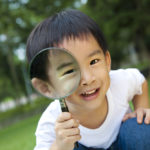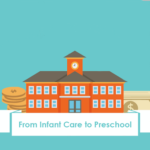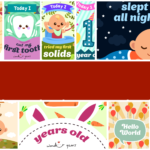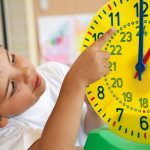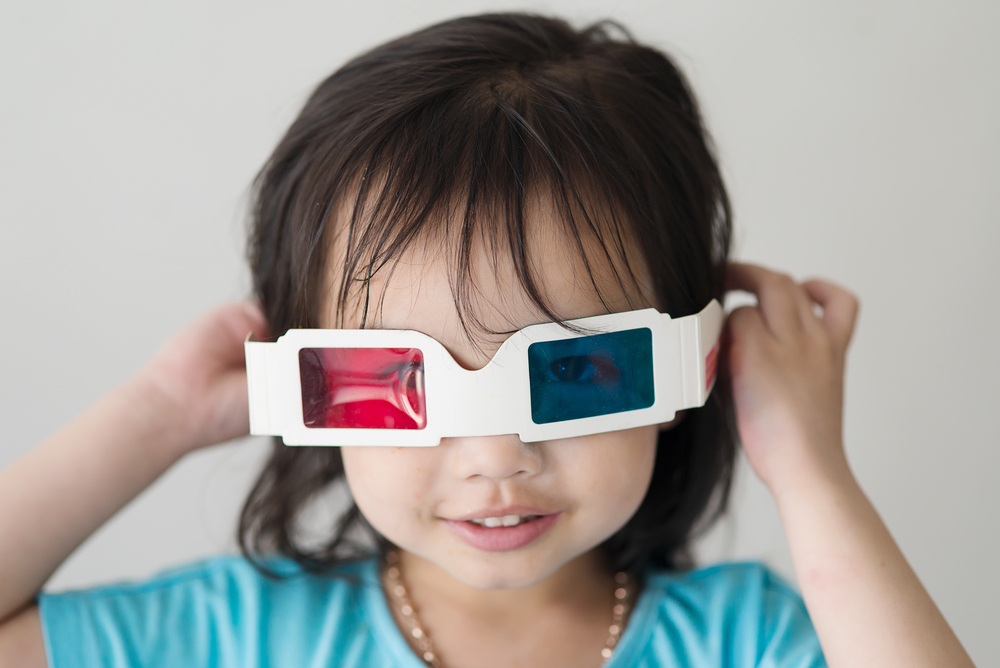
Paediatric eye problems that are unnoticed may not only impede a child’s academic learning, but also result in serious consequences.
We consulted Dr Cheryl Ngo, Consultant and Medical Director at Adult & Child Eye Clinic, on the common eye problems in children, treatment methods and the warning signs of eye problems.
Common paediatric eye problems in children
1. Myopia
Myopia is a prevalent pediatric eye problem in Singapore. In Singapore, more than 65% of children are myopic by Primary 6. Short-sightedness in children has a risk of developing into high myopia (more than 500 degrees in each eye). In turn, this may cause sight-threatening conditions such as early cataracts, retinal detachment or macular degeneration.
Treatment: While blurred vision can be corrected with visual aids like spectacles, contact lenses or surgery, the key is to prevent myopia from progressing. Spending 2 hours a day outdoors, reducing unnecessary screen time and eating a balanced healthy diet can improve eye health.
2. Tear duct obstruction
When the tear ducts are blocked, tears are unable to flow from the eyes down into the lacrimal duct of the nose. Some possible causes of blocked tear ducts are inturned eyelashes, corneal abrasions and infections or allergies.
The symptoms of tear duct obstruction include persistent tearing, crusting of the eyelids or mucus or pus discharge from the eyes.
Treatment: Gently massaging the lacrimal sac of the eyes four to six times a day often alleviates the problem. Otherwise, if there is an infection, the doctor will prescribe antibiotics.
3. Pink eye (Conjunctivitis)
Conjunctivitis is a common eye problem in children. An infection of the white part of the eye, or conjunctiva, it is characterised by red, swollen and itchy eyes. There may be green or white discharge from the eye, or yellow discharge that forms a crust on the eyelids.
Commonly caused by viral colds or sometimes by bacterial infections or allergies, it should not cause any long term damage to vision. However, pink eye is contagious and can be easily spread if proper hygiene is not observed.
Treatment: Only children with bacterial conjunctivitis should apply antibiotic drops or ointment. Further medical attention is needed if there is a change in vision, continued redness, eye pain or eyelid swelling.
4. Eyelid styes (Chalazions)
A chalazion is a painless bump that shows on either the upper or lower eyelid. Formed around an oil gland within the lid, it contains pus and fatty secretions that cannot be drained out. Most chalazions go away on its own but in the case of persistent eyelid styes, a simple surgery is needed to excise the stye.
Treatment: Your eye doctor will inform you of the best way to get rid of an eyelid stye. Applying warm compresses may soothe the bump.
5. Squints (Strabismus)
Strabismus is another common paediatric eye problem that is characterised by the misalignment of the eyes. Children with strabismus may have an abnormal head posture, head tilt or facial asymmetry. Weak eye muscles, hereditary, cataract or nerve conditions are possible causes. Strabismus can result in lazy eye (amblyopia) or the loss of depth perception.
Treatment: Glasses or patching are standard treatment methods for squints. In cases where the eyes are not straightened, surgery may be needed to realign the eyes.
Warning signs that indicate possible paediatric eye problems
If your child exhibits one of the following warning signs, it is best to get them checked at an opthamologist. Such signs may be symptoms of a paediatric eye problem requiring intervention.
- Misalignment of one eye
- Having trouble focusing or squints a lot
- Holds books too closely when reading
- Turns or tilts head when they want to look at something
- Covers an eye when stepping into sunlight
- One eye appears whiter and brighter than the other in photographs
Children may not complain when there are problems with their vision because they are unaware that there is a problem. Therefore, parents have to take on the task of making sure visual problems are detected early.
Similar to health checkups, routine eye screening for children should be done once a year. Those with known vision issues should go for eye screening every 4 to 6 months.





